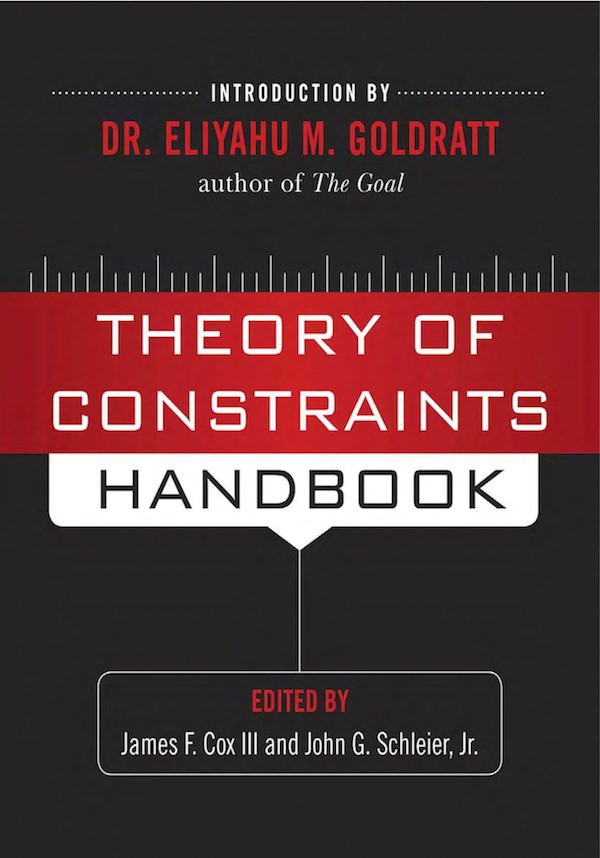Making Change Stick (Chapter 5 of the Theory of Constraints Handbook)
Robert C. NewboldInfo
Level of TOC knowledge acquired:
AdvancedLength:
23 pagesDesigned for:
Consultants, Implementers and Project ManagersTopics:
Change Management/Buy-InApplication:
Critical ChainLanguage:
EnglishFormat:
DownloadShare
Recommend
“Making Change Stick” shows you how to make your implementation plans much more effective. It begins by analyzing why change does not happen: why our initiatives frequently lead to far fewer benefits than we had expected, and why the benefits we do achieve decline over time.
It then describes a meta-process called the “Cycle of Results” or CORE, an effective model for both creating and evaluating implementation plans. CORE is compared with other business processes, including sales, Deming’s Plan-Do-Check-Act cycle, and the TOC Five Focusing Steps. It is then applied to implementation planning, with particular emphasis on Critical Chain implementations.
Content:
- The Uptake Problem
- The Cycle of Results (CORE)
- Implementation Planning
Comprehensive coverage of the Theory of Constraints
Complete Table of contents of the Theory of Constraints Handbook
- I: What is TOC?
- II: Critical Chain Project Management
- III: DBR, Buffer Management, and Distribution
- IV: Performance Measures
- V: Strategy, Marketing, and Sales
- VI: Thinking Processes
- VII: TOC in Services
- VIII: TOC in Complex Environments
- Theory of Constraints in Complex Organizations
- Applications of Strategy and Tactics Trees in Organizations
- Complex Environments
- Combining Lean, Six Sigma, and the Theory of Constraints to Achieve Breakthrough Performance
- Using TOC in Complex Systems
- Theory of Constraints for Personal Productivity/Dilemmas
- IX: Summary
About the Authors:
James F. Cox III, Ph.D, CFPIM, CIRM, holds TOCICO certifications in all disciplines. He is a Jonah's Jonah, Professor Emeritus, and was the Robert O. Arnold Professor of Business in the Terry College of Business at the University of Georgia. Dr. Cox has written three books on TOC.
John Schleier holds TOCICO certifications in all disciplines. He was President and Chief Operating Officer of the Mortgage Services Division of Alltel, Inc., Executive Vice President of Computer Power, Inc., and Director of Office Systems and Data Delivery for IBM.









































